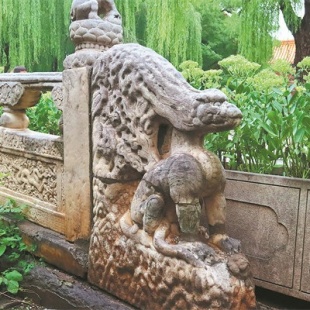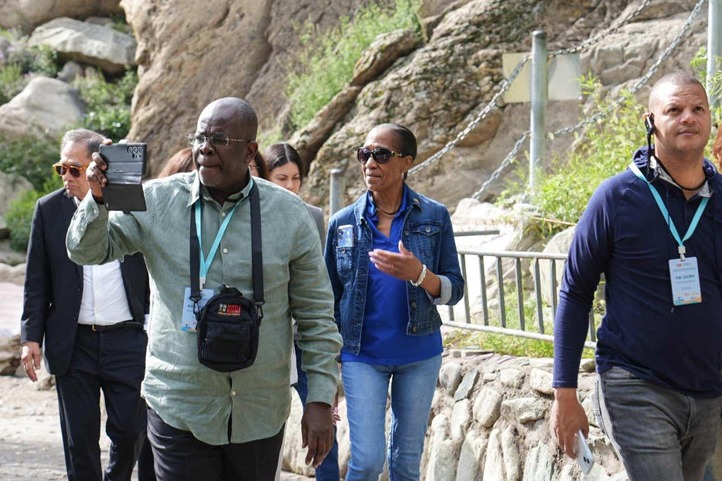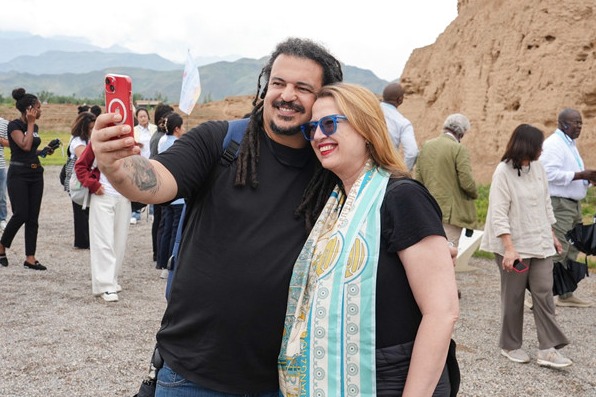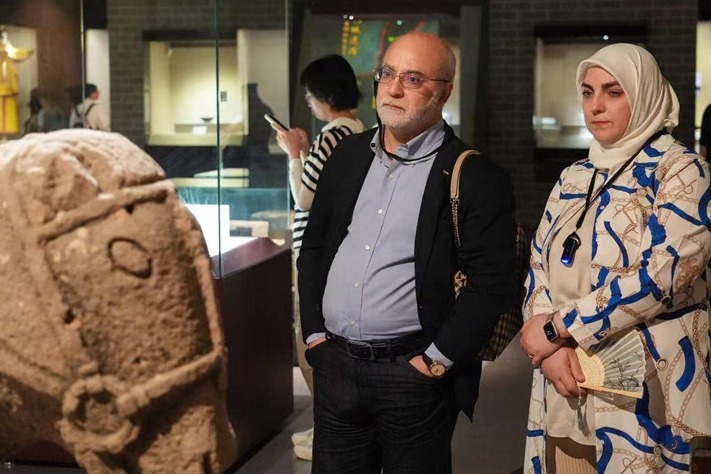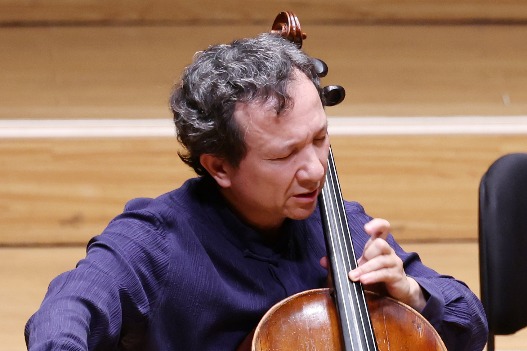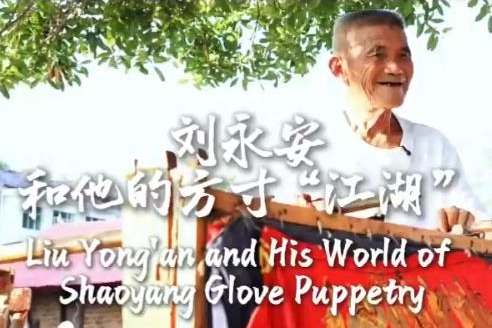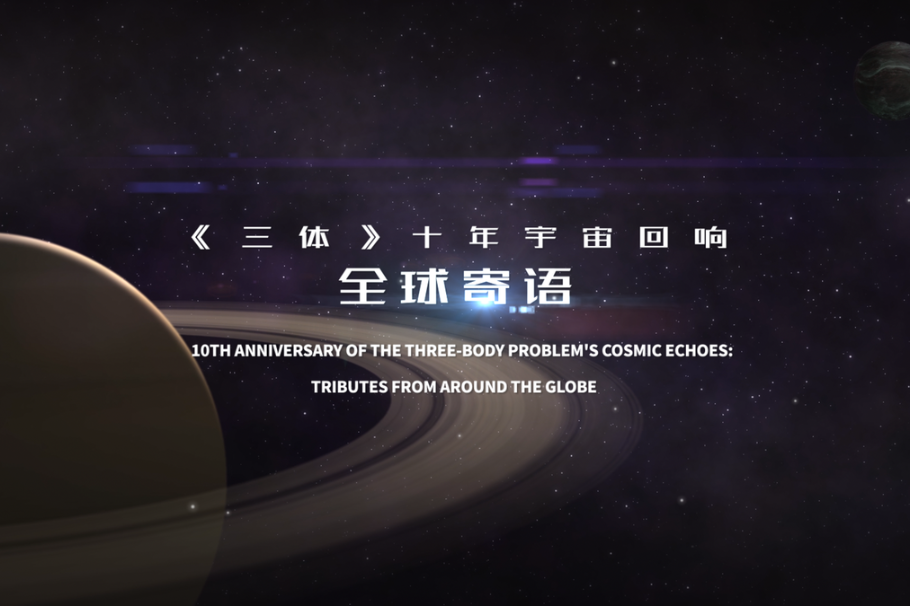The riddle of the missing palaces

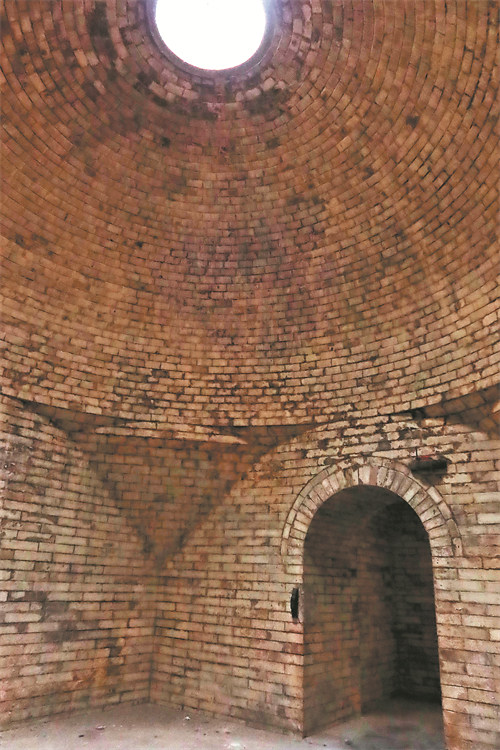
Tantalizing clues point to a network of Yuan structures in the Forbidden City, as experts search for more proof, Wang Kaihao reports.
As the royal palace of China from 1420 to 1911 and where 24 emperors of Ming (1368-1644) and Qing (1644-1911) dynasties lived, the Forbidden City in Beijing, officially known as the Palace Museum today, showcases the charm of architectural splendor in the heart of the capital.
But it still harbors intrigue. Beneath its floors, there probably lies an even older imperial city whose legend still resonates both at home and abroad.
Thanks to a decade's archaeological research, puzzling discoveries indicating Kublai Khan's palaces have emerged, ushering people to imagine a bigger picture of a mighty metropolis of Dadu ("the grand capital") on the node of cultural exchange.
Xu Haifeng, director of the archaeology department of the Palace Museum, leads his team to conduct excavations amid the standing palaces to sift for clues surrounding the beginning of the Forbidden City in the early 15th century.
It is not easy to conduct archaeological excavations in the Palace Museum.
"Layers of relics from different periods are compressed vertically below the well-preserved palaces," Xu says. "We can clean the ground surface elsewhere to conduct excavations. However, you know, we cannot do this in the Forbidden City. Maintaining an intact landscape is the prerequisite to do any work here."
The aged grounds and ditches that have naturally cracked and eroded in the open air, for example, offer a rare opportunity to dig, which Xu dubs as "minimally invasive surgery".
Palaces of the Mongols-ruled Yuan Dynasty (1271-1368) have thus yielded scattered though tantalizing clues.
In 2015, Yuan Dynasty constructional foundations were found near the Longzong Gate ("gate of thriving imperial clan") in the west of the Forbidden City. It was the first time Yuan stratum was archaeologically excavated within the red walls of the former imperial palace, according to Xu.


